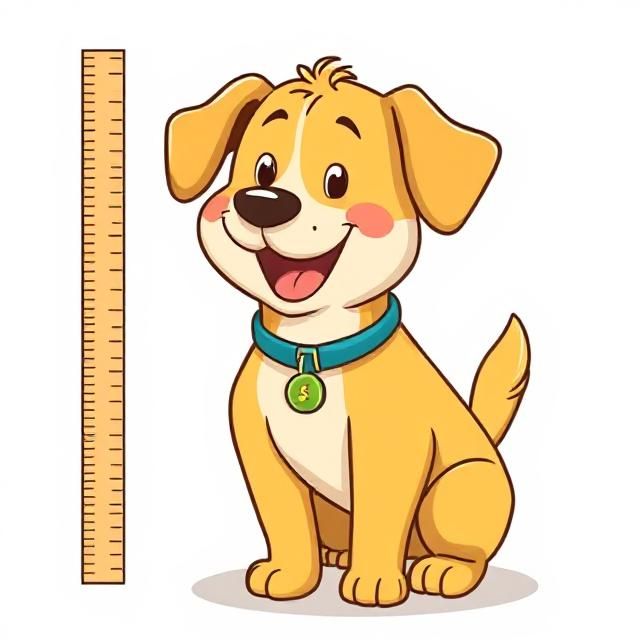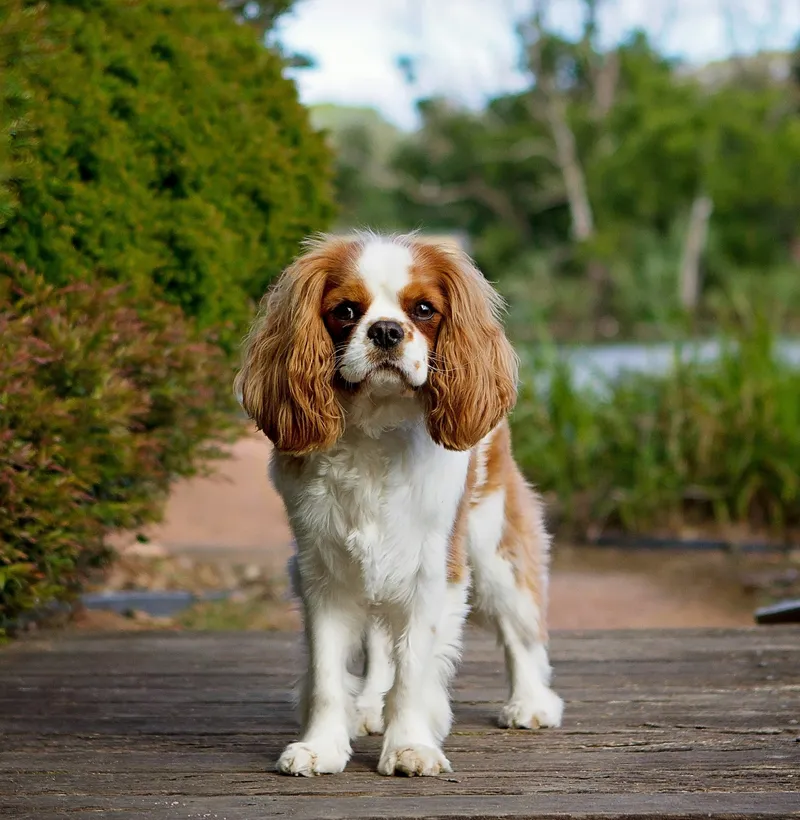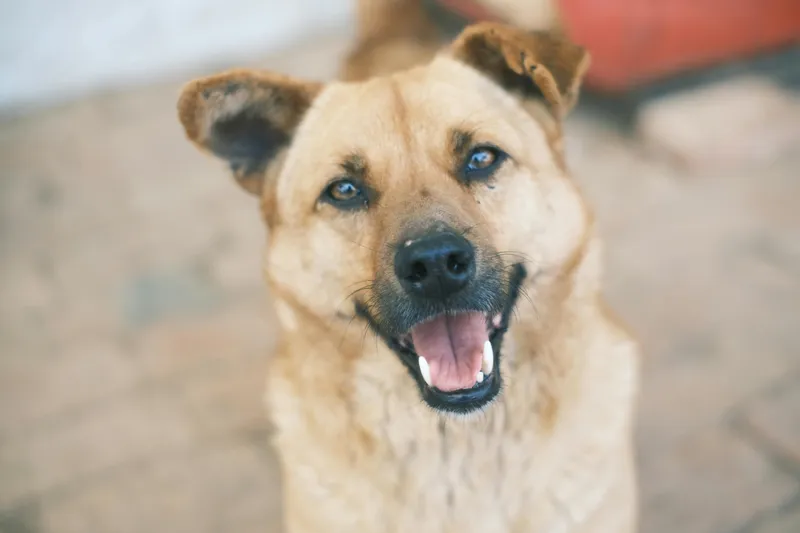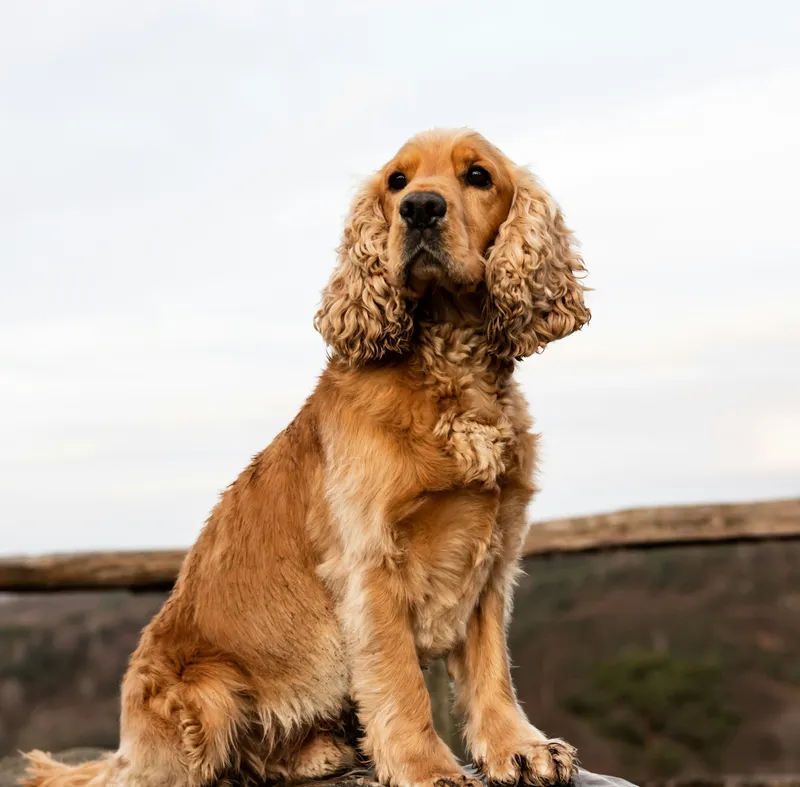Barbet

Description
The Barbet is a medium-sized, water-loving dog breed that hails from France. Known for its distinctive curly coat, the Barbet is often compared to the Poodle due to its similar appearance and shared ancestry. The breed has a rich history, traditionally used as a hunting dog, particularly for waterfowl. The Barbet is recognized for its friendly demeanor and versatility, making it an excellent family companion and a capable working dog.
Personality
Barbets are known for their gentle and affectionate nature. They are highly social dogs that thrive on human interaction and are great with children and other pets. Their intelligent and eager-to-please attitude makes them relatively easy to train, although they do require consistent and positive reinforcement methods. Barbets are playful and energetic, enjoying both mental and physical stimulation, which can make them great companions for active families.

Care Requirements
The Barbet's curly coat requires regular grooming to prevent matting and to maintain its water-resistant qualities. Owners should aim to brush their Barbet at least once a week, with more frequent grooming needed during shedding seasons. Regular bathing is also essential to keep the coat clean and healthy. Barbets require daily exercise to keep them physically fit and mentally stimulated; this can include walks, playtime, and swimming. They are generally healthy dogs but should be monitored for common breed-related health issues such as hip dysplasia and eye conditions. Additionally, early socialization and training are crucial to ensure that they develop into well-rounded adults.
Suitable For:
- Families with children
- Multi-pet households
- Active individuals or families who can provide regular exercise
- First-time dog owners due to their trainability
- People looking for a dog with moderate barking tendencies
Not Suitable For:
- People who are frequently visited by strangers
- People looking for a highly playful dog
- Individuals or families who prefer a highly protective dog
- People who lead a sedentary lifestyle
- People who prefer a very quiet dog with minimal barking.
Physical Characteristics
The Barbet typically stands between 20 to 24 inches tall at the shoulder and weighs between 30 to 65 pounds. They have a robust and sturdy build, with a broad head and long, hanging ears that are covered in wavy or curly fur. Their coat is water-resistant, which helps them excel in aquatic environments. The fur can come in a variety of colors, including black, brown, fawn, and even spotted patterns. Their expressive eyes are dark and round, conveying their friendly disposition.
Height
Male: 19" - 24.5"
Female: 19" - 24.5"
Weight
Male: 35 - 65 lbs
Female: 35 - 65 lbs
Life Expectancy
12 - 14 years

Breed Profile
Breed Characteristics
Maintenance Requirements
Breeds Similar to Barbet
Based on temperament, size, and care requirements, these breeds share similar characteristics:
Frequently Asked Questions
Affiliate Disclosure: Pet Breed Hub participates in affiliate programs. We may earn a commission from qualifying purchases made through links on this page, at no additional cost to you. These commissions help us maintain this free resource. Learn more
Recommended Products for Barbets
Fun Facts
The Barbet dog breed has a rich history tracing back to the 16th century in France. Renowned for their water retrieving skills, they were often used by French fishermen to fetch fish that fell out of their nets. Their name "Barbet" is derived from the French word "barbe," which means beard, referring to the breed's distinctive bearded appearance.
This breed is known for its dense and woolly fur that forms tight curls, making them look like a sheep. The fur is waterproof and helps them in their historic role as water retrievers. It's not uncommon for a Barbet to have a coat that is black, brown, fawn, gray, or white.
Barbets are known for their intelligent, friendly, and affectionate nature. They are quick learners and can easily be trained to perform various tasks. Despite their energetic personality, they also have a calm side and are known to be good with children and other pets.
During World War II, the Barbet breed nearly went extinct. However, thanks to the dedicated efforts of breed enthusiasts in the late 20th century, the breed made a strong comeback and is now recognized by many kennel clubs worldwide.
The Barbet breed is culturally significant in France, and they are often referred to as "mud dogs" due to their love for water and their ability to work in marshy, muddy conditions. They have also been depicted in various artworks and literature throughout history, highlighting their role as companions to nobles and commoners alike.



